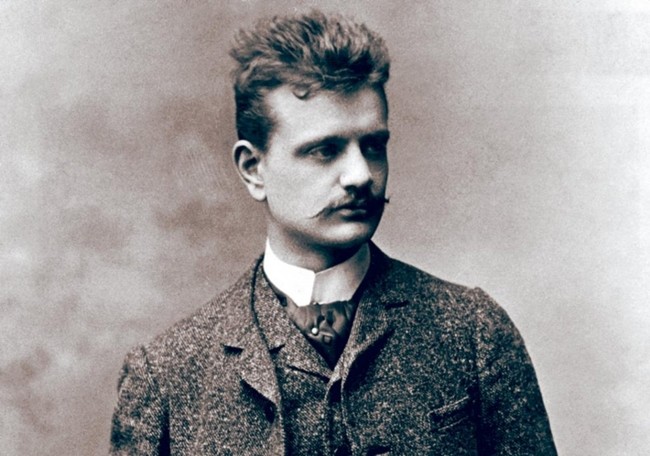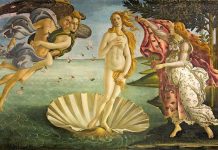
“What’s in a name?” asks Juliet from the window above the Capulet family orchard in the second scene of Act 2. “That which we call a rose, by any other name would smell as sweet.”
This oft-quoted line floated into my mind the other night, because someone down at the village watering hole asked me the difference between a “symphony orchestra” and a “philharmonic orchestra.” It’s a good question. Why for example, does Los Angeles have a Philharmonic Orchestra yet Boston has a Symphony Orchestra?
The orchestra is a relative newcomer in the history of music although musicians had been experimenting with combining different instruments for years. The orchestra didn’t really emerge until the middle of the eighteenth century when symphonies were scored for small orchestras, usually a string section plus a few woodwind instruments and a couple of horns. But like the burgeoning cites of eighteenth century Europe, the orchestra itself was growing in size to meet the musical demands of composers. By the time Tchaikovsky’s was adding the finishing touches to his Symphony No. 4 in 1878 orchestras were much the same size as they are today, with well-defined strings, woodwind, brass and percussion sections.
The word symphony comes from the ancient Greek symphonia, meaning a concord of sound. But where does “philharmonic” come in? The word itself derives in a rather roundabout way from the Greek philos (“loving”) and harmonica (“harmony”). In 1813 a group of London professionals set up the Royal Philharmonic Society to promote performances of classical music. The Society also commissioned music from leading composers and continues to do so to the present day. Interestingly, the Philharmonic Society of New York was founded fourteen years earlier in 1799. In the early years of the nineteenth century, other cities set up similar societies and some large orchestras took on the name “philharmonic”.
The expression “symphony orchestra” is generic and is used for orchestras that are large enough to play symphonies. It enables us to distinguish between a large orchestra and a chamber orchestra, a string orchestra or a wind orchestra. The Los Angeles Philharmonic is a symphony orchestra and so is every other orchestra that uses the word “philharmonic” in its title. The words can be used interchangeably. The London Philharmonic Orchestra was formed in 1932 and so named to distinguish it from the London Symphony Orchestra which had been inaugurated almost thirty years earlier. So to answer our original question, there is no difference.
Wolfgang Amadeus Mozart (1756-1791): Symphony No. 29 in A major. Ensemble Philmusica Tokyo cond. Christoph Koncz (Duration: 23:49; Video: 1080p HD)
Mozart completed this elegant symphony on 6th April 1774. It has since become one of his most popular yet he was only seventeen when he wrote it. Oddly enough, no one is quite certain how many symphonies Mozart wrote in all. For years, it was always assumed that he wrote forty-one, but recent research has shown that there were probably several others that have since been lost.
This delightful and graceful work is written in the usual four movements and scored for two oboes, two horns and strings. It’s much smaller than some of huge symphony orchestras of today but typical of the late 18th century and perfect to hear Mozart’s music and pretty much as he would have heard it himself.
Jean Sibelius (1865-1957): Symphony No. 2 in D major. Iceland Symphony Orchestra cond. Yan Pascal Tortelier (Duration: 45:37; Video: 1080p HD)
Perhaps the weather had something to do with it, but the cigar-smoking Sibelius (sib-AY-lee-us) spent long periods of time away from his native Finland. He began work on the Second Symphony in the Italian seaside town of Rapallo in the winter of 1901, completing it a year later back in Finland. Sibelius needed a much larger orchestra than Mozart to convey his expansive musical ideas.
This symphony – like many other works by Sibelius – seems to grow organically. The opening bars of repeated chords use a three note motif, and new themes seem to appear out of nowhere and gradually become drawn in to become integral parts of the work. The third movement leads into the last without a break and opens with a heart-warming theme (30:56). You’d never guess, but it’s simply the first three notes of the original clarinet motif played backwards. This movement is an absolute joy, with soaring melodies, moments of high tension and drama, and the heroic and visionary closing section (43:45) is surely one of the finest passages in symphonic music.
 |
 |
 |





